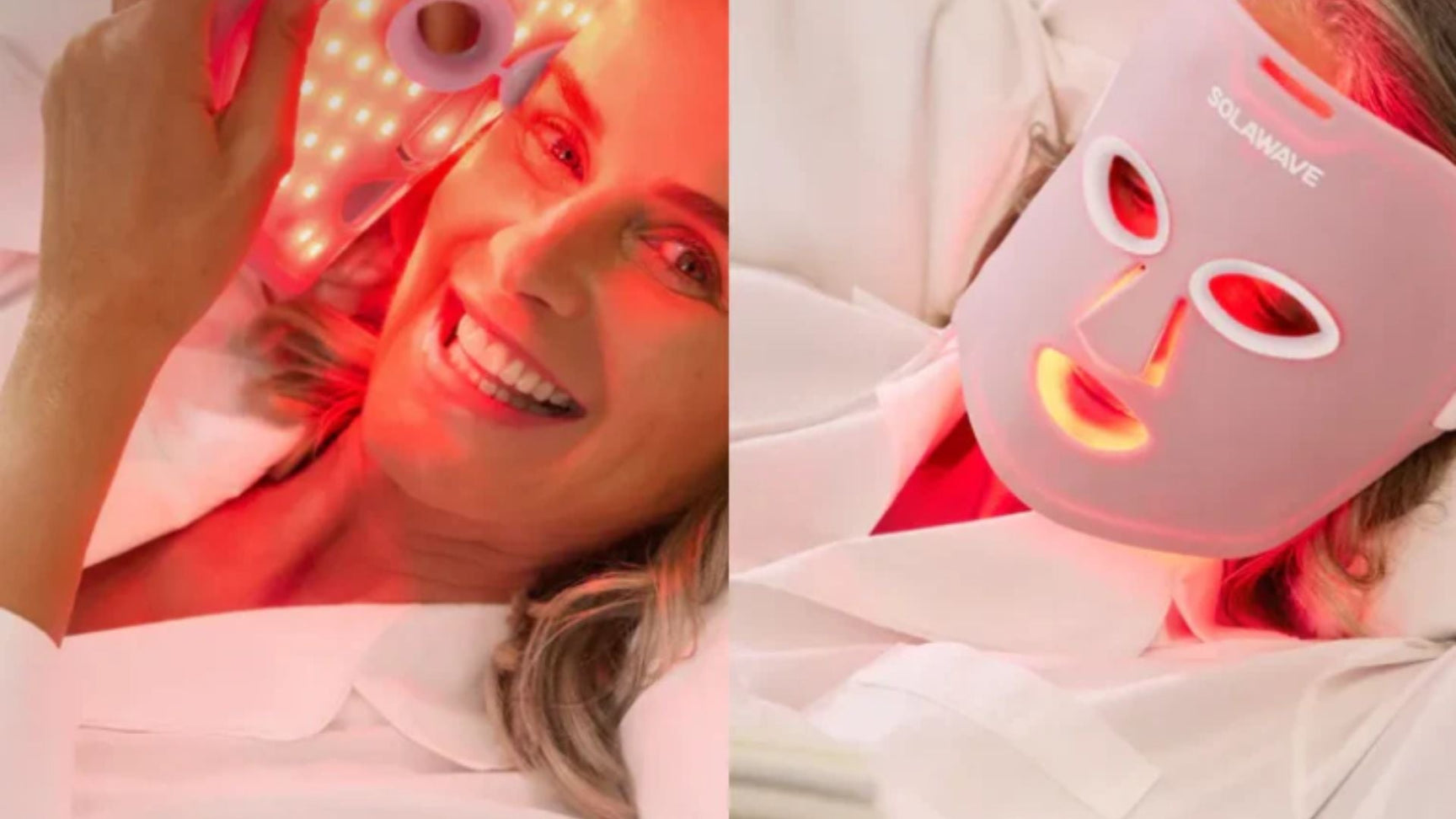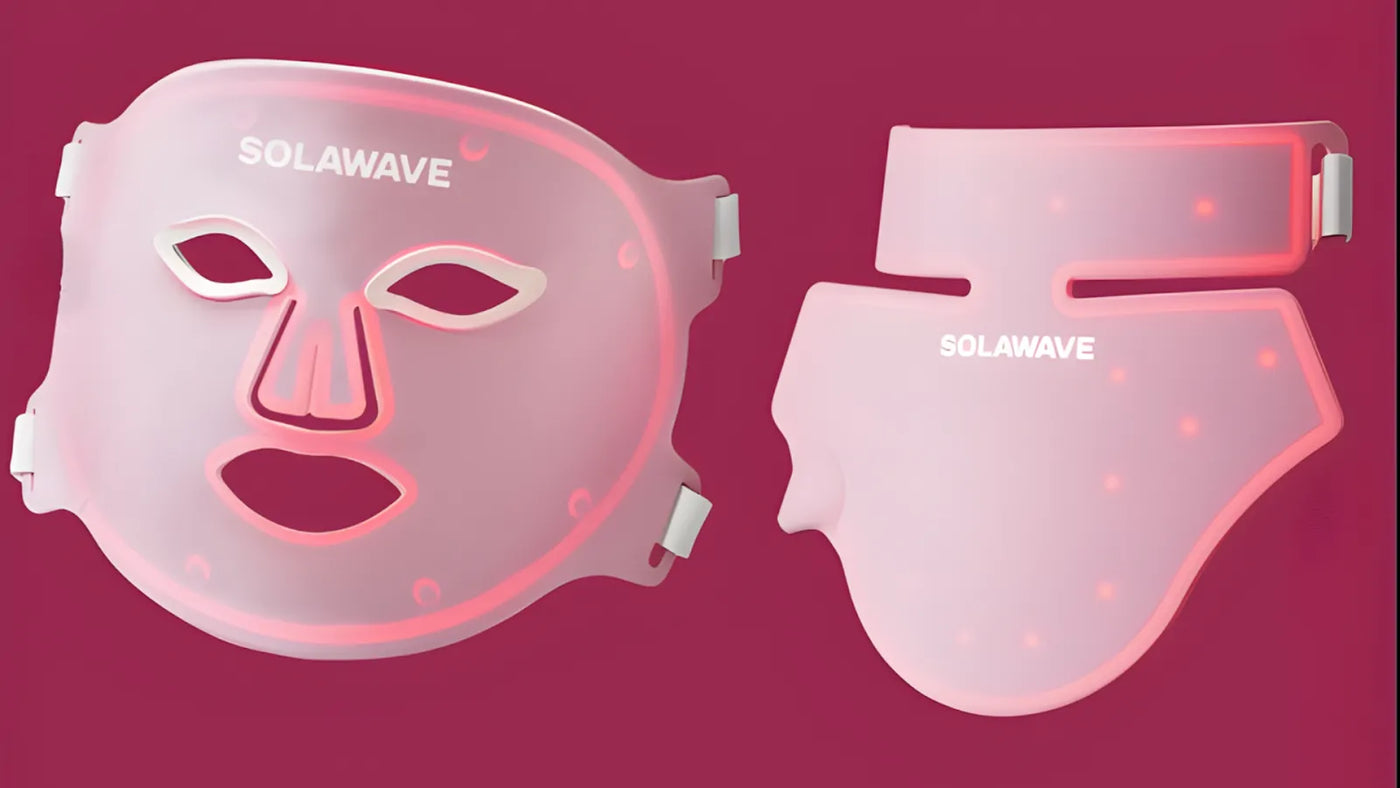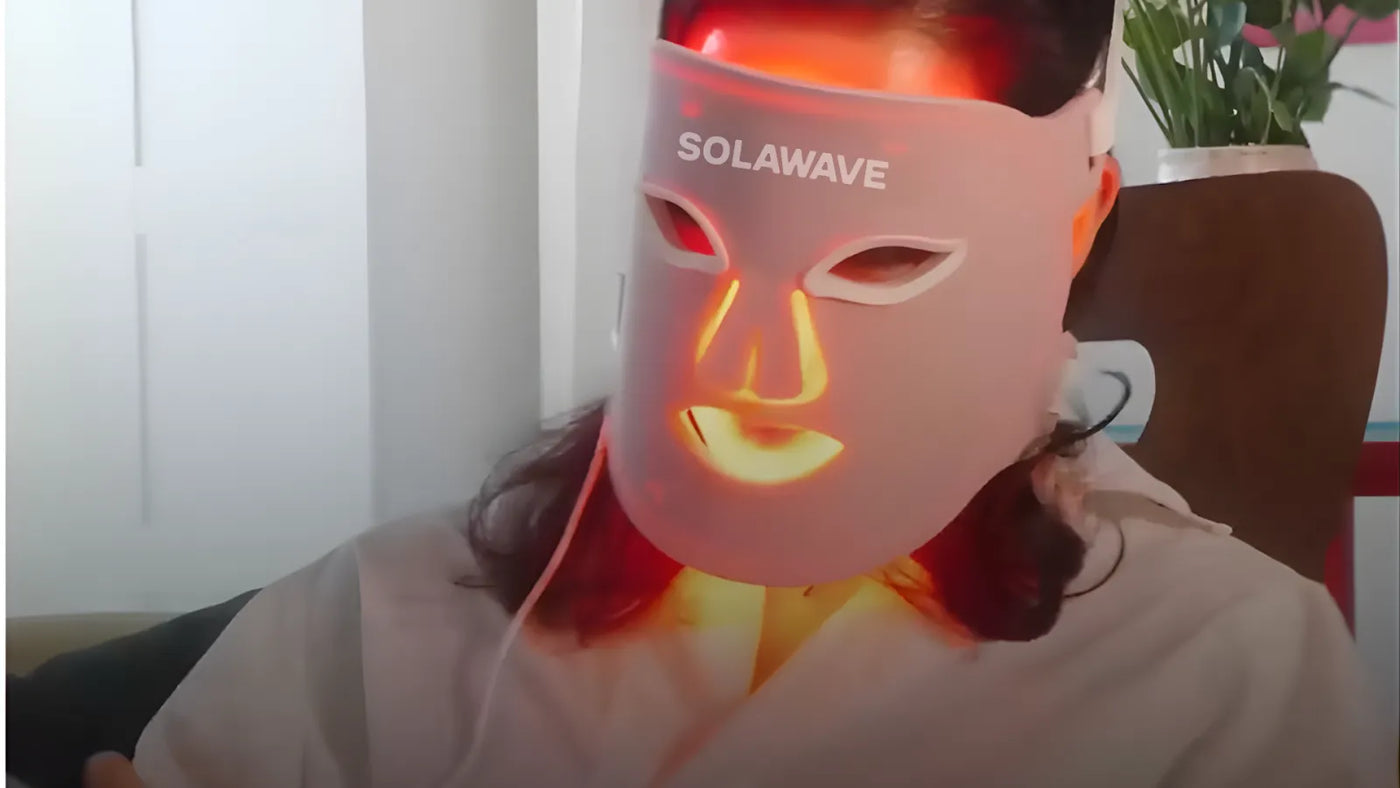

10 Proven Ways to Prevent Broken Capillaries: Dermatologist-Approved Methods
Crimson threads on cheeks or ankles often start small, yet each new vessel erodes confidence and adds future treatment costs. Genetics cannot be changed, but daily habits determine whether fragile capillary walls endure or burst. The guide below compiles board-certified advice, peer-reviewed data, and home-care strategies into one playbook focused on preventing broken capillaries before they surface.
1. Daily Broad-Spectrum SPF 50 Shields Fragile Vessels
Ultraviolet radiation weakens collagen that supports superficial veins, leaving them prone to dilation and rupture. Dermatology texts link long-term sun injury to facial spider veins.
-
Choose mineral filters (zinc oxide 10 %+) for reliable UVA coverage.
-
Reapply every two hours during outdoor exposure and after sweating.
-
Pair sunscreen with wide-brim hats and UPF garments for redundant protection.
High SPF diligence alone cuts new telangiectasia formation nearly in half, according to multiple clinic audits.
2. Skip Scalding Water and Other Heat Surges
Extreme heat dilates vessels; repeated dilation stresses endothelial walls until permanent failure occurs. Lukewarm showers, tepid facial rinses, and limited sauna sessions maintain vascular tone.
-
Keep shower length under five minutes when steam fills the stall.
-
Select facial steamers with strict 40 °C caps, or avoid them.
-
Cool skin after workouts with refrigerated mist to counter post-exercise flushing.
3. Practice Gentle Cleansing, Zero Scrubbing, No Picking
Mechanical traumaharsh brushes, granular scrubs, forceful pimple poppingrips micro-vessels. Dermatologists list skin trauma as a top precipitating trigger for telangiectasia.
-
Use sulfate-free cleansers and soft microfiber cloths.
-
Pat dry; never rub with towels.
-
Reserve exfoliation for low-strength chemical peels (lactic 5–10 %, PHA) once weekly.
4. Moderate Alcohol and Spicy Food Intake
Ethanol and capsaicin prompt vasodilation, intensifying flush episodes and cumulative vessel fatigue. American Academy of Dermatology guidance mentions red wine as a leading culprit.
-
Limit drinks to two per occasion; alternate with iced water.
-
Shift recipes toward herbs instead of hot chili.
- Keep a trigger diary to spot personal sensitivity patterns.
5. Feed the Dermal Barrier with Vitamin C and Niacinamide
Strong connective tissue cushions veins against pressure spikes. Topicals rich in ascorbic acid raise procollagen levels, whereas niacinamide calms inflammation and reinforces ceramide production. Clinical summaries support capillary resilience gains after twelve weeks of consistent application.
-
Morning: 10–15 % vitamin C serum under SPF.
-
Evening: 5 % niacinamide lotion plus lipid-rich moisturizer.
-
Store antioxidants in cool, dark locations to preserve potency.
6. Micro-Dose Retinoids for Collagen Renewal
Retinol 0.1 % or prescription tretinoin 0.025 % stimulates fibroblasts, thickening dermis around vessels. Studies confirm surface collagen gains sufficient to mask existing webs and lower new break risk.
-
Start twice weekly; buffer with moisturizer to sidestep irritation.
-
Avoid concurrent physical exfoliation during the first month.
-
Pause 48 h before intense sun trips to minimize photosensitivity.
7. Support Circulation with Movement and Compression
Leg telangiectasia often follows stagnant blood flow from long sitting or standing. Light exercise and graduated compression stockings maintain valve efficiency, preventing venous pooling that distends surface branches.
-
Walk two minutes after every half-hour desk stint.
-
Keep heels under five cm and vary footwear height through the week.
-
Select 15–20 mmHg knee-high socks when flights exceed three hours.
8. Control Allergies and Reduce Pressure Bursts
Severe sneezing or chronic coughing spikes intrathoracic pressure that can burst facial capillaries around eyes and nose. Antihistamines, nasal rinses, and cough management protect vessel walls.
-
Use non-sedating antihistamines during pollen season.
-
Practice gentle nose-blowing, alternating nostrils.
-
Humidify bedrooms to calm nighttime throat irritation.
9. Tame Stress and Emotion-Driven Flush Responses
Sympathetic surges raise blood flow to skin, zooming pressure inside fragile networks. Mindful breathing, regular sleep, and magnesium-rich diets blunt cortisol peaks, indirectly guarding against dilation cycles documented among rosacea cohorts.
-
Inhale four counts, hold four, exhale six; repeat ten rounds twice daily.
-
Keep indoor temperature near 22 °C to reduce thermal triggers.
-
Snack on almonds, spinach, and dark chocolate for natural magnesium.
10. Adopt Weekly Red-Light Maintenance Sessions
Photobiomodulation at 660–680 nm raises ATP inside endothelial cells, strengthens tight junctions, and stimulates collagen without thermal stress. Mouse perfusion studies and clinical reviews report improved vascular elasticity after eight-week protocols.
-
Glide Solawave wand five minutes per cheek or you can use our Mini wand on calf, three evenings weekly for month one, then weekly.
-
Keep diodes two cm from skin; mild warmth signals correct fluence.
-
Follow with vitamin K serum to further fortify vessel walls.
Home LEDs cost less than a single clinic laser pulse yet deliver measurable prevention when sessions stay consistent.
Conclusion
Broken capillaries rarely spring from a single cause; rather, overlapping stressors chip away at vascular integrity over time. The ten tactics above sun defense, temperature moderation, gentle care, dietary restraint, barrier support, collagen renewal, active circulation, pressure control, stress management, and red-light upkeep from a layered shield that keeps fragile networks intact. Adopt most steps, track progress with monthly photos, and address emerging vessels early: future dermatology bills shrink while complexion clarity endures.
Frequently Asked Questions
Does sunscreen alone stop every new spider vein?
Sunscreen eliminates a major trigger but cannot counter genetics or mechanical trauma; combine with other steps for full protection.
Will cold weather damage vessels as much as heat?
Rapid shifts from freezing outdoors to overheated rooms create dilation-constriction swings; gradual temperature transitions help maintain vessel stability.
Are compression socks safe during pregnancy?
Yes; 15–20 mmHg stockings recommended after obstetric clearance improve leg circulation and reduce swelling.
Can retinoids worsen redness during early weeks?
Temporary flush may occur while skin adapts; gentle moisturizers and reduced frequency mitigate the effect until collagen gains dominate.
How soon will red-light sessions show preventive benefit?
Photographs often reveal calmer tone around week four; collagen reinforcement continues for months, so consistency matters more than intensity.





















